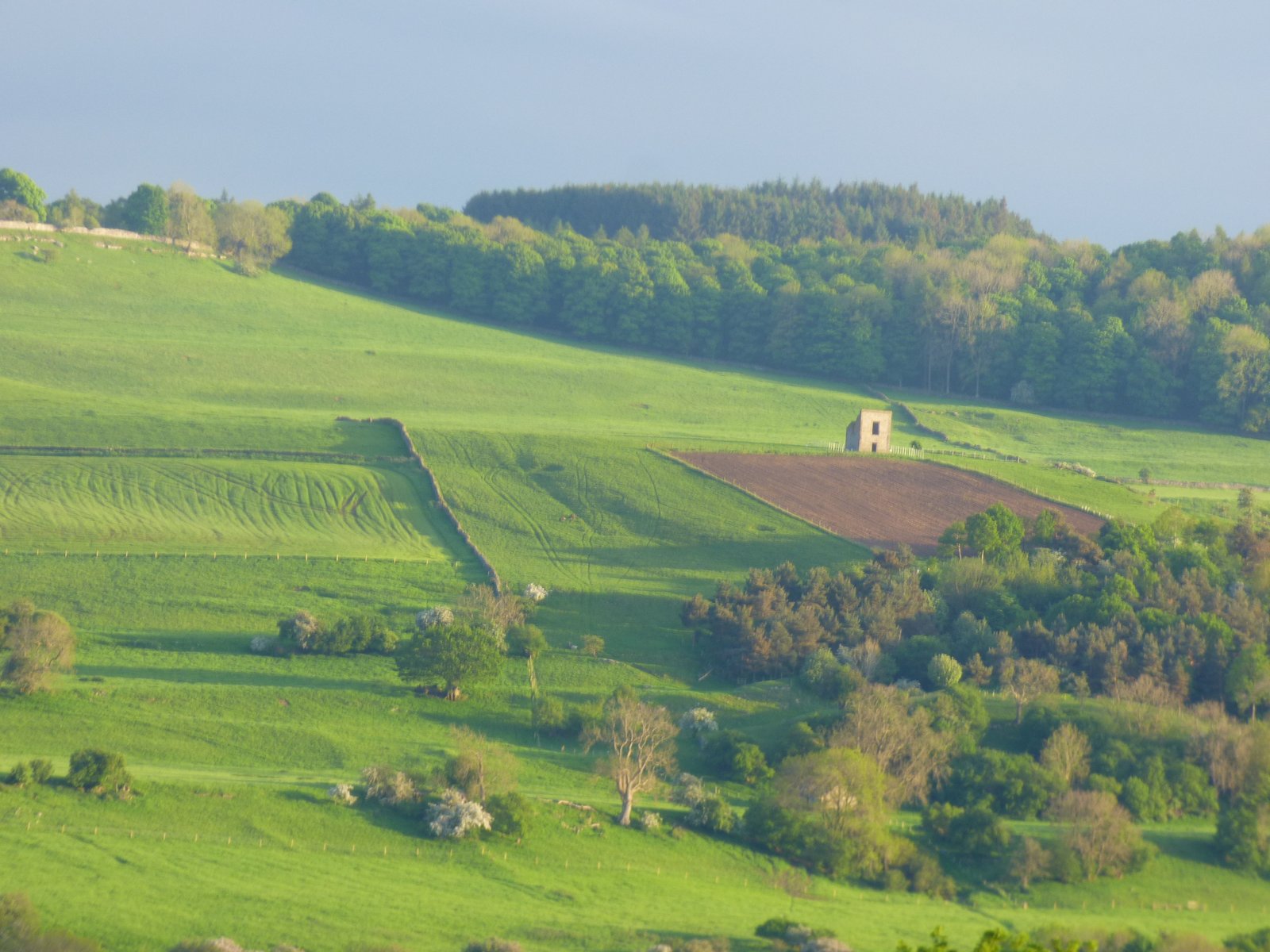Site Details:

Polly Peachum's Tower, also known as The Mount, is a structure steeped in history and nestled in the scenic beauty of the Yorkshire Dales. This Grade II listed building, dating back to the 17th or early 18th century, was originally a hunting tower before it became associated with the character Polly Peachum. The tower's name is a nod to Lavinia Fenton's famed acting role as Polly Peachum in John Gay's 'The Beggar's Opera'. Fenton later became the mistress and second wife of Charles Powlett, the third Duke of Bolton.
Lavinia Fenton, born in 1708 in London, emerged from humble beginnings to become a celebrated English actress and a notable figure of the 18th century. Her life, marked by dramatic turns and social ascension, reads like a play itself. Fenton's early years were spent in Charing Cross, where she was known to have sung on the streets near her mother's coffee-house. Her talent and beauty did not go unnoticed, and she soon found herself on the stage of the Haymarket Theatre in 1726, debuting as Monimia in Thomas Otway's "The Orphan; or, The Unhappy Marriage". Her performance captivated audiences and critics alike, leading to her joining the company at Lincoln's Inn Fields Theatre.

It was there, on January 29, 1728, that Fenton's portrayal of Polly Peachum in John Gay's "The Beggar's Opera" catapulted her to stardom. Her interpretation of the character was so beloved that she became synonymous with Polly Peachum, both on and off the stage. Her image was sought after, and she became the subject of songs, verses, and books, making her one of London's most talked-about personalities. A painting by William Hogarth even captures her in one of the opera's scenes, alongside her future husband, the Duke of Bolton.

Fenton's success on stage was not just due to her acting prowess but also her singing ability, which was highly praised. Despite the acclaim, her stage career was brief. After her last performance as Polly on April 19, 1728, she left the theatre to be with Charles Powlett, the 3rd Duke of Bolton, who was 23 years her senior. The Duke, captivated by her performance and beauty, had become her patron and lover. Their relationship was a scandal of the day, as the Duke was still married. However, upon the death of his wife in 1751, he married Fenton in Aix-en-Provence.

The couple had three sons: Charles, Percy, and Horatio Armand, who pursued careers in the church, navy, and army, respectively. Fenton lived a life of comfort and status as the Duchess of Bolton, a far cry from her early years. She is said to have resided at The Grange in Edington, Wiltshire, a testament to her elevated position in society. Lavinia Fenton's journey from a street singer to a duchess is a remarkable narrative of the era's social dynamics and the opportunities' theatre provided for advancement. Her death on January 24, 1760, in Greenwich, Kent, marked the end of an era, but her legacy as Polly Peachum endures, a character that continues to be celebrated in theatrical history.
Lavinia Fenton's influence extended beyond the stage, particularly through her portrayal of Polly Peachum in John Gay's "The Beggar's Opera". Her performance was so compelling that it shaped the public's perception of the character, projecting an image of innocence and moral virtue that became synonymous with Polly Peachum. This interpretation has been discussed in academic circles, suggesting that Fenton's offstage experiences influenced her portrayal, intertwining her personal narrative with that of the character she played. This blending of actress and role has been argued to limit our understanding of both Fenton's creative agency and the character of Polly Peachum, as it overlooks the pragmatic duplicity and the campy performance style that Fenton brought to the role.

Moreover, Fenton's rise to fame had a significant cultural impact. Her sudden stardom as Polly and subsequent relationship with the Duke of Bolton captured the public's imagination, reflecting the social dynamics of the time and the power of theatre to influence society. Her story was emblematic of the era's potential for social mobility through the arts, and her life became a subject of public fascination, influencing literature, fashion, and social norms.
The architecture of the tower is noted for its classical style, which is both well-detailed and balanced, making it a rare surviving example of a hunting tower, a type of building that is among the country's earliest sporting architectures.
Site Gallery
Gallery Empty











